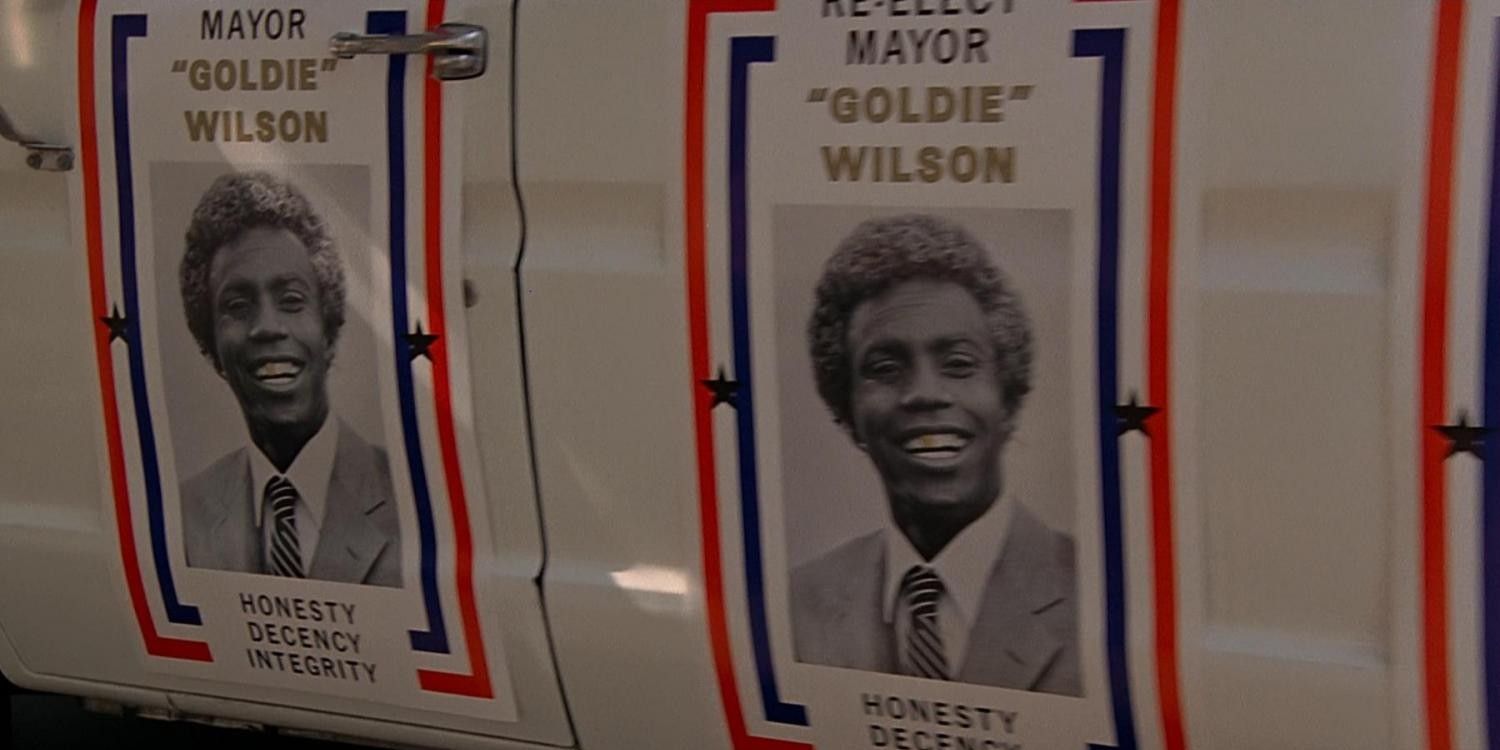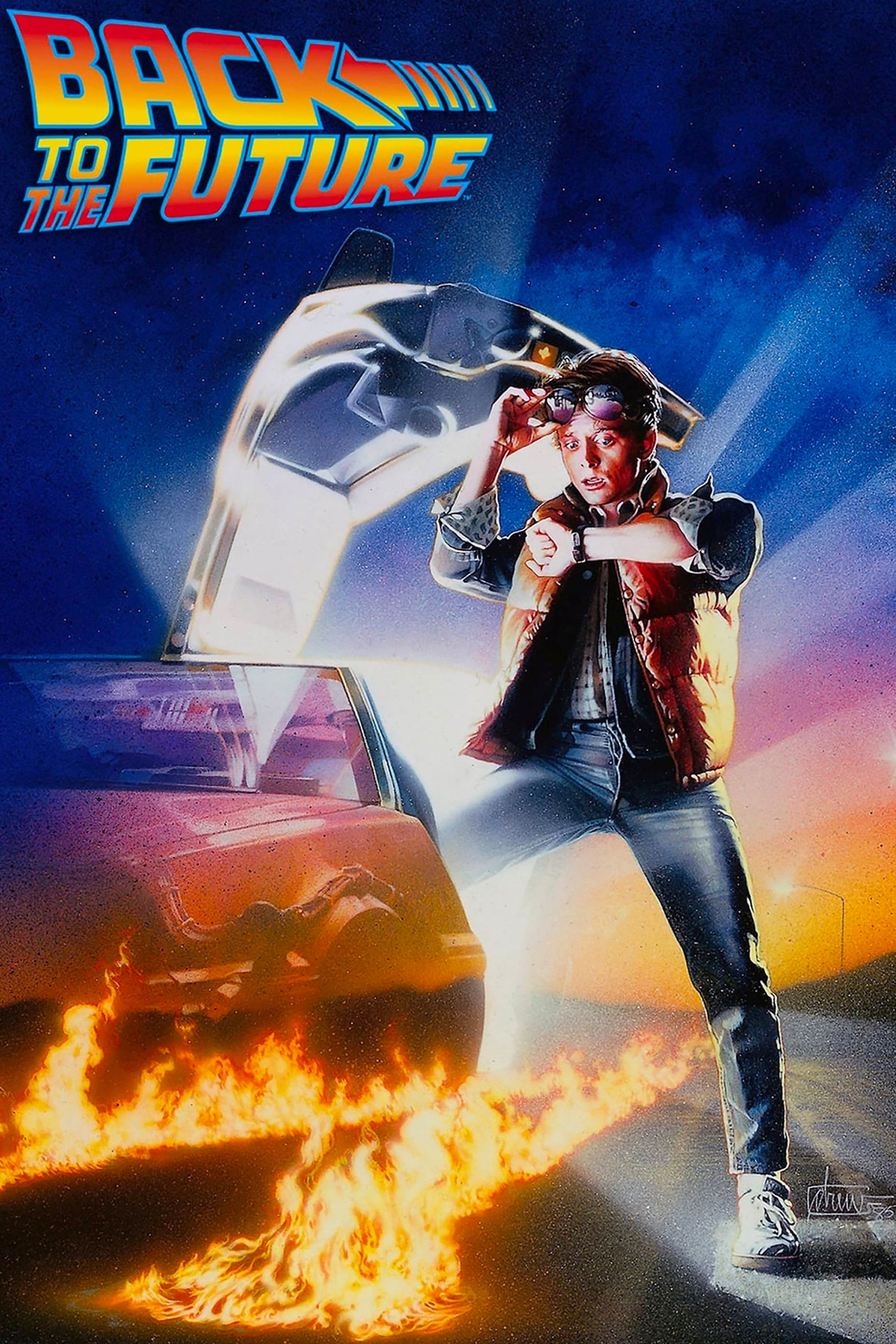The Back to the Future movies established specific rules for time travel, but one Marty McFly line completely contradicted them. Of course, lines always get a little blurred when it comes to time travel in cinema. It is typically tough for a franchise to maintain its continuity, especially as paradoxes and alternate timelines start to get involved. However, the time travel mechanic of Back to the Future depended heavily on the “changeable timeline” model instead of the paradoxical “whatever happened, happened” method.
Back to the Future‘s changeable timeline model means that anything that Marty does in the past will actively change his own timeline. This is, essentially, the entire point of the story. By going back in time and meeting his mom, Marty nearly made himself vanish from existence since this means he wouldn’t have been born. Even once he got his parents together, Marty’s future was significantly altered because of the circumstances of their meeting. Back to the Future repeated this same mechanic through each installment, but a specific moment contradicted this.
Marty McFly Inspiring Goldie Wilson To Run For Mayor Breaks Back To The Future’s Time Travel Rules
Marty Causing Events From His Original Timeline Follows A Different Time Travel Model
In the first Back to the Future movie, Goldie Wilson was seen to be running for another term as mayor in 1985. When Marty went back in time, he ran into the man himself working at the local diner. Goldie announced that he would make something of himself someday, and Marty said, “That’s right; he’s going to be mayor!” It was immediately clear that Goldie had never considered this option before, but he certainly liked the sound of it. The idea here is that Goldie only became mayor in 1985 because Marty went back in time and suggested it in 1955. The problem is, this is a totally different time-travel model.
Marty telling someone from the past what their future will be and, therefore, making that future happen aligns with the “paradoxical timeline” trope rather than the “changeable timeline.” While a time travel story can use either model, they don’t work well together. If Back to the Future were a paradoxical time travel story, then nothing Marty could have done in the past would have altered the present since whatever happens has already happened.
The
Back to the Future
movies are available to stream on Hulu.
It would have made more sense if there had been a different, somewhat tyrannical mayor in 1985 and that Marty unwittingly changed this by inspiring the 1955 Goldie Wilson to become mayor instead. Then, when Marty went back to the future at the end of Back to the Future, he would have returned to a far more prosperous town, just as he returned to a more prosperous family after teaching his father to be brave.
Why Back To The Future’s Chuck Berry Scene Doesn’t Create The Same Problem
Johnny B. Goode’s Riff Wasn’t Actually Anything New
There’s another scene in Back to the Future that seems to fall into the paradoxical timeline trap—but it’s not quite the same. At the 1955 dance, Marty famously hops on stage and plays the song “Johnny B. Goode,” which wasn’t due to be released by Chuck Berry until 1958. During the song, one of the musicians (called Marvin Berry) gives Berry a call and tells him that he found that “new sound” the artist had been looking for. Of course, the intention of Back to the Future is to again imply that Marty was responsible for the features of the future. However, in this case, the paradox doesn’t necessarily break the rules.
…it can be assumed that the musician had already found his inspiration for Johnny B. Goode, and it wasn’t Marty McFly.
Like many guitar riffs, the one from “Johnny B. Goode” wasn’t original. Berry lifted it from the Louis Jordan song “Ain’t That Just Like a Woman (They’ll Do It Every Time),” released in 1946. The rest of Berry’s song was a fairly standard 12-bar blues, which is why the band at the high school dance had no problem playing along. So, while Marvin Berry called his cousin Chuck in 1955 in Back to the Future, it can be assumed that the musician had already found his inspiration for Johnny B. Goode, and it wasn’t Marty McFly.
Explaining Back To The Future’s Goldie Wilson Paradox
Marty Must Have “Changed” Goldie Wilson’s Inspiration
Of course, the writers for Back to the Future didn’t intend for the song “Ain’t That Just Like a Woman (They’ll Do It Every Time)” to fix its “Johnny B. Goode” paradox—it just happens that there is a reasonable explanation for the time-travel model mistake. Similarly, the Goldie Wilson paradox could potentially be explained. Since the film series established a changeable timeline model, it must be concluded that the original Goldie Wilson of 1985 could not have been inspired by a young Marty McFly in 1955.
If the full story aligned strictly with Back to the Future‘s changeable-timeline model, the Goldie Wilson who existed before Marty ever went back in time would have explained a different experience that inspired him to take office. Perhaps he gained an interest in politics after being mistreated at his job, or maybe he joined a debate club, and things took off from there. When Marty did go back in time, he changed this motivation by telling Goldie his future first, thus altering events. Ultimately, a variation of this is the only way Back to the Future‘s rule-breaking (in this case) can be explained away.

